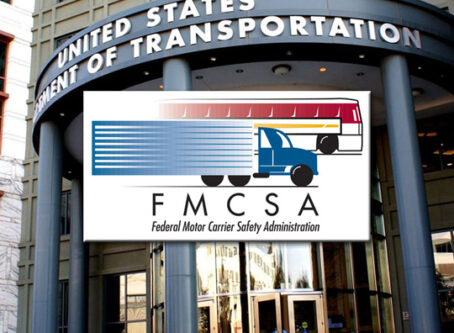Where improvements in crash worthiness stop short
The whoosh you likely heard on Wednesday was the sigh of relief from the NASCAR community. Roush Fenway tweeted a photo of Ryan Newman, driver of the No. 6 Ford, leaving the hospital with his daughters following a terrifying crash on the final lap of the Daytona 500 on Monday, Feb. 17.
Ryan Newman has been treated and released from Halifax Medical Center pic.twitter.com/J0twhGgQm7
— Roush Fenway (@roushfenway) February 19, 2020
For the few (fans or not) who missed the news, the crash was horrifying to say the least. Check it out below if you haven’t seen it.
Go back in time to another Daytona 500 on Feb. 18, 2001. That was the day 19 years ago that a crash claimed the life of the legendary Dale Earnhardt. That was the day that sent NASCAR and car manufacturers on a quest to make the cars, and in turn the sport, safer.
Mission accomplished. And, Ryan Newman is walking, talking proof.
A lot of the technology that mitigates the toll of a crash like Newman’s filtered into passenger cars. Once built to stay together in a crash, cars are designed to come apart taking the energy of the impact away from the passengers. Much like Ryan Newman’s car did. The focus on protecting passengers now saves lives on and off the track.
Except for one glaring omission. Commercial trucks.
Large trucks do not have federally mandated crash worthiness standards like passenger vehicles. None. Nada.
It’s an issue that we highlighted years ago and got some attention in Congress.
On Nov. 13, 2009, Carl VanWasshnova, an OOIDA member from Port Orange, Fla., was approaching the E-ZPass lane on the Florida Turnpike in Orange County, when video shows his truck veering across the media. It then hit the first of two empty trailers being pulled by a FedEx truck headed in the opposite direction. Neither Carl nor the FedEx truck were going more than 30 mph.
The Florida Highway Patrol’s report states that neither daycab was equipped with an airbag. The other driver was not injured in the crash. Carl died at the scene. At the time of the wreck, Carl had more than 30 years of trucking experience as both an owner-operator and company driver, including the last 16 years at Averitt Express, based out of Tennessee.
A video specialist hired by his wife Sarah after the wreck was able to “slow down the camera frames.”
The slowed video shows a car traveling through the E-ZPass lane almost coming to a stop. That apparently caused the tractor-trailer following it to slow as well. The video then shows Carl’s truck swerve toward the median.
Sarah believes it’s clear he was avoiding the tractor-trailer in front of him.
Photos of the crash show that the cab of Carl’s red 2005 Freightliner Columbia collapsed around the passenger compartment.
According to the coroner’s report, Carl died of blunt-force trauma, including a fractured cervical vertebra, broken ribs and a punctured liver. In the police report, the investigator at the scene confirmed that Carl was wearing his seatbelt at the time of the collision.
Highlighting Carl’s story did turn heads and raise eyebrows but nothing that led to meaningful reform.
I guess the common perception of those not in trucking that the big truck always wins in a collision stops short of considering the occupant of the truck.
While I am willing to give some credit to truck manufacturers for improvements to passenger safety they may claim to have made, it’s not enough. There needs to be federal minimum standards of crash worthiness for big trucks.
We recently hit a 30-year high in truck driver fatalities. It seems like that would be a good way to get some attention and some meaningful dialogue started.
While NASCAR fans, and probably anyone else who saw the crash, are happy for Ryan Newman and his family, shouldn’t we expect at least some of dedication to safety for truck drivers that clearly saved his life?









